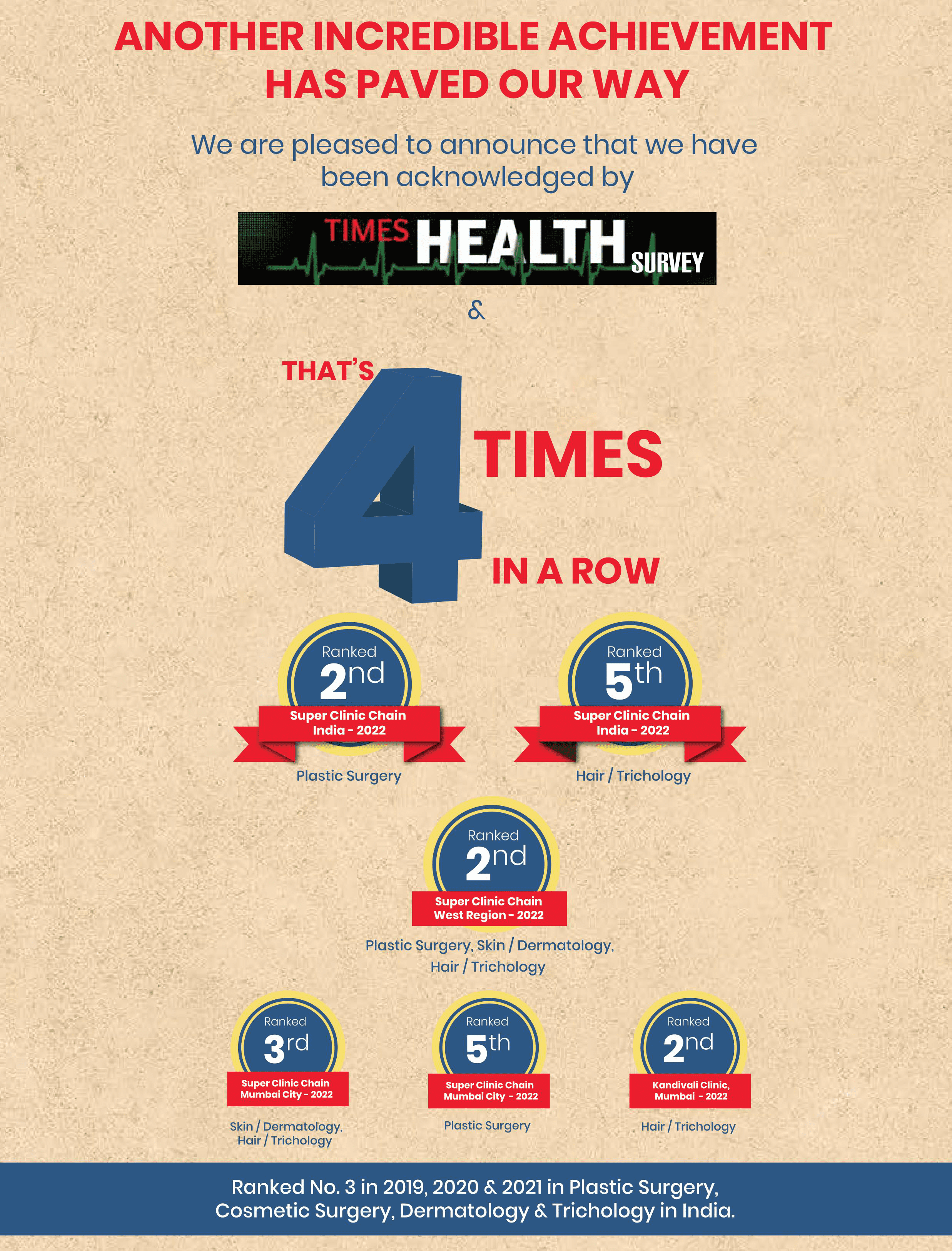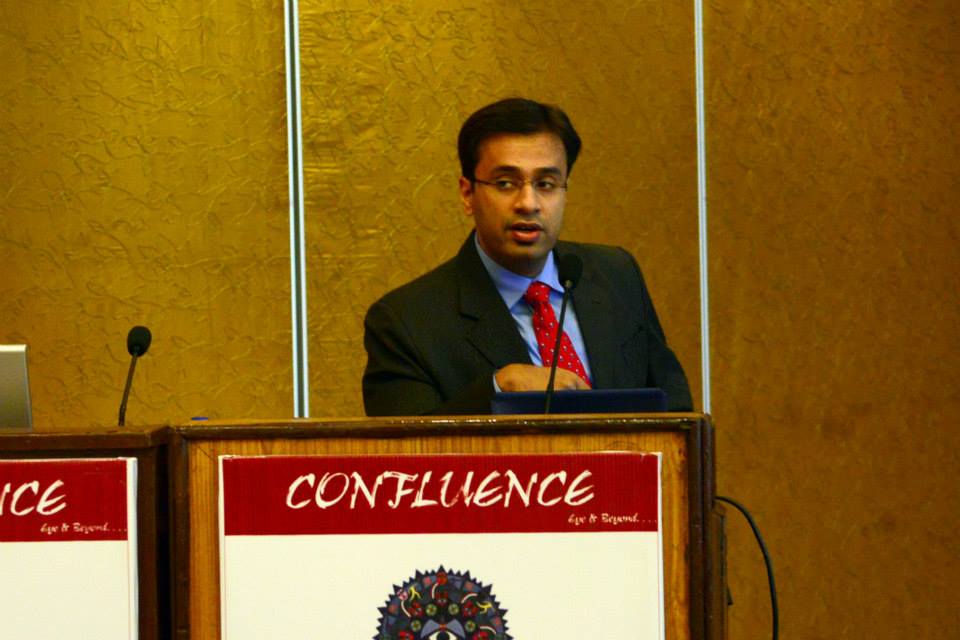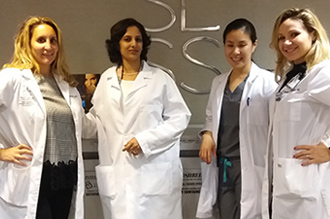CDCR (Conjunctivodacryocystorhinostomy) refers to the surgical protocol directed to correcting canalicular obstruction. The canaliculus is the channel around the inner corner of the eyelid, and its blockage and/or narrowing can lead to the eyes becoming unusually teary. Canalicular obstruction may result from complications from previous surgeries, trauma, or may be caused by different therapeutic interventions like topical antiglaucoma drugs, certain chemotherapy medication, and ophthalmic antiviral drops.
The main objective of doing a CDCR surgery is to resolve epiphora – which is reflected by the abnormal flooding of the face with tears – by creating a new pathway for tears even as communication between the nose and ocular surface is restored. The procedure usually entails the incorporation of a specialized glass tube (called Jones tube) into the nasal cavity of the patient. Two major approaches can be adopted to perform CDCR – the external and endonasal/endoscopic approach. External CDCR is regarded as the conventional type and it is usually more intensive [than endonasal CDCR]. Nonetheless, the endonasal approach appears to have gained more traction in recent times as it promotes the better positioning of the tube, and assures of speedy recovery process since there is less surgical manipulation involved – unlike the external CDCR procedure that involves making incisions to gain access to the nasal cavity.
Generally, a CDCR surgery will be required if other surgical interventions to address your canalicular obstruction have failed to yield any meaningful and/or positive outcome. More specifically, other circumstances that warrant a CDCR surgery are outlined below – your physician should provide some guidance and/or recommendation.
Some of the contraindications that may not allow a canalicular patient to undergo CDCR surgery include:
Patients suffering any of the conditions mentioned above will have to be closely watched, with the surgeon working with their personal physicians. In some instances, the CDCR surgery may be postponed till their condition improves or another treatment/canalicular obstruction management regimen may be designed out for them.
Of course, the first step on your part is to visit an ophthalmic or oculoplastic surgeon in view of having a CDCR procedure performed on you. At this meeting, the surgeon will conduct some checks to ascertain your condition as per canalicular obstruction. You may undergo a slit-lamp examination which entails the comprehensive evaluation of your eyes as he/she aims to establish the basis for the irritation you are having. Also, the size of your conjunctiva and/or caruncle will be examined to see if there is any need to make an adjustment. The surgeon will also assess your medical history in order to establish if it is alright to carry out the operation on you as at that moment.
In case the surgeon chooses to perform an endonasal CDCR, he/she will have you do an intranasal examination to map out the path where the tube [that would be used in creating the bypass during the surgery] will be placed. It is from this (intranasal) examination that the surgeon will be able to determine if you need to undergo certain surgical procedures to prepare your nasal cavity for the tube insertion – and CDCR surgery in general. Once a date has been fixed for your surgery, you will be given specific instructions, and you should note that any anticoagulant or blood-thinning medications should be discontinued at least weeks before the operation. This is necessary to prevent the incidence of excessive bleeding during surgery.
Patient education is also part of the standard practice when it comes to CDCR surgery. The surgeon will inform the patient about the requirements for the operations, and also discuss the benefits and complications involved. More importantly, it is vital that the specialist tells the patient about having the tube permanently fixed – in a bid to better prepare him/her for what lies ahead. The surgeon will also make modalities to prepare everything – from your Jones tube down to the surgical tools – that will be required to carry out a successful CDCR surgery.
Endoscopic CDCR Surgery: The Procedure
CDCR surgery normally involves series of steps, and it can be performed either under local or general anaesthesia. Once anaesthesia has been applied with the aid of an endoscope; the surgeon will cut some portion of your middle turbinate and then cauterize the mucous membrane overlying the junction of your lacrimal sac while taking off the portion of mucous membrane that underlies the lacrimal bone. Thereafter, he/she will proceed to cut and reshape the bone using a special surgical tool. The surgeon will then carefully insert an intravenous catheter – a thin flexible needle fitted with a needle – into the medial canthus from the lacrimal caruncle, with the surgeon guiding the needle through the endoscope as it goes into the nasal cavity – the pathway for the glass tube to be inserted is thus created. The surgeon then gently pulls out the needle, leaving the flexible tube thereby creating a tunnel through which a gauge wire is passed. After the gauge wire is in place, the surgeon will remove the flexible tube and then place the Jones tube over the gauge wire. The specialist, with the aid of the endoscope, then checks to confirm if the Jones tube has been properly positioned. has been achieved. Once the position and length of the Jones tube are found satisfactory, the surgeon will use a non-absorbable stitch to hold the tube firmly in place.
Some of the complications associated with CDCR surgery include:
Following the operation, you should understand that the emergence of mild to moderate swelling or pain is not unusual. That apart, the surgeon will give you specific instructions which must be strictly followed; some medications will also be prescribed to you. As a matter of emphasis, most of the complications earlier mentioned can be considerably curtailed with proper postoperative care.
In the meantime, highlighted below are some salient considerations you should take to heart after having a CDCR procedure:
The follow-up routine is equally important in the treatment and management of canalicular obstruction using CDCR surgery – the oculoplastic surgeon will give you a proper direction on how to go about it. It is in the course of this routine that the surgeon will be able to evaluate the drainage status and also review your recovery.
The cleaning of the inserted tube is another critical aspect of the CDCR surgery treatment regimen. This is important to prevent the clogging of the tube. One way of doing this is to splash water on your conjunctival sac, hold your nostril – not on the side of where the tube protrudes – and then sniff water into the tube and your nose through the medial canthus. This should be done every morning – challenging but needful though. The surgeon will show you how to go about this or may proffer some other cleaning protocols to you. Irrespective, you will need to routinely visit the clinic to have your tube inspected every 6 – 12 months. Again, it may be recommended that you replace the Jones tube every five years.
Quality CDCR surgery nearby in India is a possibility with The Esthetic Clinics and Dr. Debraj Shome – India’s celebrity surgeon with vast experience in the field of oculoplastic surgery – around. But that’s not all; we also have a host of highly revered cosmetic surgeons who will make up a great team to ensure that a considerable degree of functionality is restored to your canaliculi while maintaining some measure of aesthetics. In essence, the CDCR surgery will be performed on you with profound professionalism under a sterile condition and in a clinic with the right resources available. We guarantee that you will have nothing but the best CDCR surgery that can be given in any top oculoplastic medical facility around the world.
To help you gain insight into the cost of CDCR surgery as it specifically relates to you, it is important that we highlight the factors that would serve as the key determinants – below are some of them:
In light of the foregoing, it is advised that contact our team today to study your situation and present you with a viable cost for your prospective CDCR surgery.


Dr. Debraj Shome is Director and Co founder of The Esthetic Clinics. He has been rated amongst the top surgeons in India by multiple agencies. The Esthetic Clinics patients include many international and national celebrities who prefer to opt for facial cosmetic surgery and facial plastic surgery in Mumbai because The Esthetic Clinics has its headquarters there.






